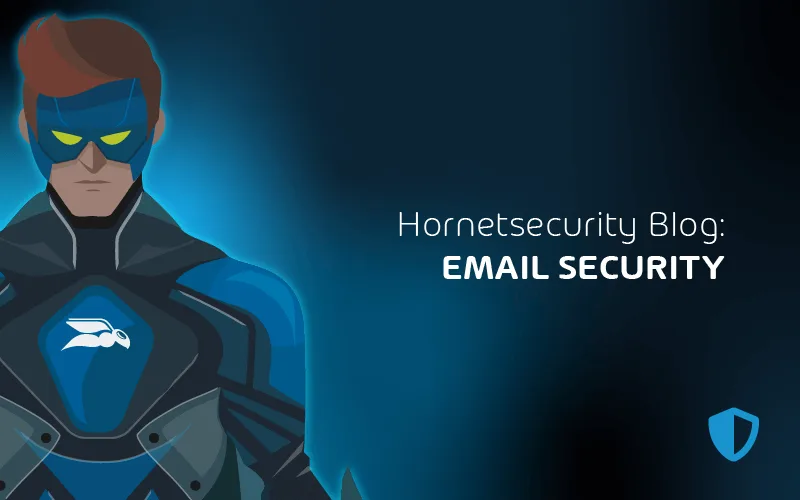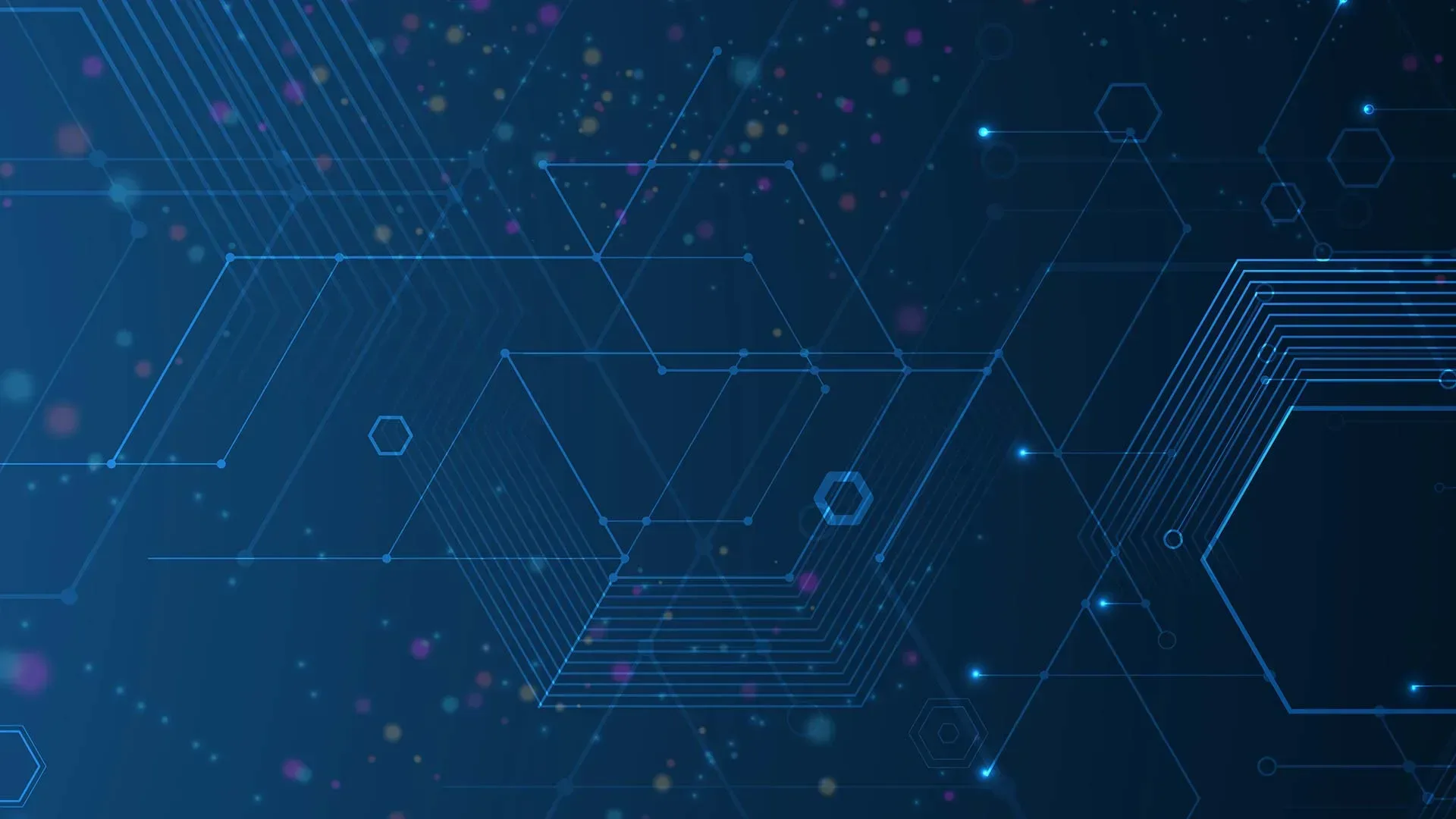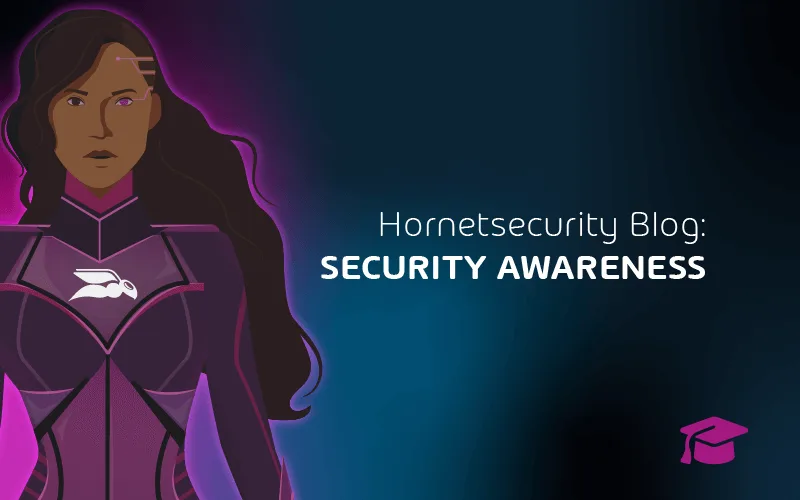

How Difficult Is It to Remove Ransomware
Ransomware has been a part of the cybercrime ecosystem since the late 1980s and remains a major threat in the cyber landscape today.
Understanding Ransomware Mechanics and Its Short Evolution
The AIDS Trojan was the first known Ransomware attack that encrypted your files and demanded ransom through the postal services over the years, the functionality has been evolving, and it has become more sophisticated.
First, it employed symmetric key encryption, which encrypts data with a single key, however, now most threat actors started implementing asymmetric cryptography, which encrypts files with two keys for added security.
The delivery techniques have also evolved, moving on from the regular phishing email attachments, attackers now take advantage of software flaws and incorporate AI and Machine learning to enhance their evasion capabilities.
Cryptocurrencies like Bitcoin, Monero, and others are now the go-to payment option since they allow hackers to remain anonymous.
Ransomware as a service (RaaS) has made ransomware more accessible to novice attackers, or “Script-kiddies”. Larger organizations are now the target audience, or so we thought.
But attackers increasingly threaten to leak critical material as part of a double-extortion strategy and combine Distributed Denial of Service (DDoS) attacks with ransomware to overwhelm their targets.
Exploring Different Ransomware Types and Their Variances in Approach
As the world evolves, so do the ransomware types and their usage, mostly depending on the goal of the malicious threat actors. In the technology era, the gold standard is information, where the attackers keep their focus and entrapment.
At its core, ransomware is malicious software designed to deny access to a computer system or files until a sum of money (“ransom payment”) is paid. As the end goal varies, so does the approach. Here are some examples of how malicious attackers can infect your systems with ransomware:
- Crypto Ransomware (Encryption): The most notable and vicious variant where the attackers encrypt the data on the host or entire organization, demanding payments to be delivered with cryptocurrencies in exchange for the decryption key.
- Locker Ransomware: Another type of ransomware that locks your computer screen, rendering it unusable and restricting access to basic computer functions, accompanied by a popup and message demanding a ransom payment before access is restored.
- Scareware: A manipulative type of ransomware intended to trick or frighten the victims into going to particular websites or downloading malicious software. Popup advertisements and social engineering techniques are frequently utilized with the intention of fooling people into downloading or buying dangerous software. An example would be a flash message displayed that your workstation is infected and the attacker suggesting they are here to save the day with their free Antivirus, a classic strategy that unfortunately still works.
- Doxware: It involves a process called Doxing, a gathering of personal information about the target and using the scare tactic designed to make the victim feel shameful and disgusted by releasing their personal data. Threat actors breach people’s privacy by getting their hands on private documents and images, which they threaten to make public if a ransom is not paid. This is a more targeted approach, but it could have a wider ‘clientele’ as the target private information includes other potential victims.
Decoding the Mystery Behind Ransomware Removal and Recovery
Ransomware recovery demands a strategic approach, beginning with isolating infected systems to prevent spreading across the network. Simultaneously, it is crucial to discern the specific ransomware variant in play, a critical step as this information guides further steps and the search for customized decryption tools or focused solutions.
After identifying the malware, the eradication process may start, however, before complete removal, it is very wise to back up any essential data to protect against any unforeseen complications.
The employment of reputable antivirus or anti-malware ransomware software, updated to the latest definitions and signatures, becomes pivotal at this juncture, serving as a frontline defense mechanism.
Should circumstances permit, restoring the system from a meticulously maintained and uncontaminated backup stands out as a robust remedial measure.
Sustaining a proactive stance, keeping software and security patches current, educating users on Security Awareness Training, the ins and outs of phishing threats, and, where necessary, seeking professional cybersecurity assistance, complete the comprehensive ransomware removal strategy.
The dynamic nature of cybersecurity activities is highlighted by a post-removal phase marked by persistent monitoring for residual risks that could still bring the organization to its knees. Prioritizing prevention through regular backups and raising cybersecurity awareness is crucial for defending against the constantly changing ransomware threat scenario.
How to Select the Right Approach for Ransomware Removal and Preventative Measures
Ransomware removal is never guaranteed, and the best defense is, being able to focus on your preventative measures. Timing is of the essence when this type of malware gets into your system, and it is crucial to have continuous monitoring properly deployed.
- Do not pay the ransom – Paying does not guarantee that threat actors will return your files, and even if they do, there is no certainty that they haven’t made a copy and use it for further agenda
- Isolate the infected systems – The first step when there are indicators of ransomware compromise is disconnecting the affected hosts from the network to minimize and control the spread further to other devices and systems
- Identify the ransomware – Recognizing the variant helps combat the ransomware, what common locations it resides in, and any remaining infection it may occupy. Using shared intel within the security community could also lead you to a decryption tool (that may or may not exist)
- Knock, knock. Whos there? Identify the attack sources – This sounds counterintuitive, but if you can identify the attack source, it could be a piece of very useful information to defend yourself from a repetitive infection by taking proper measures, as backups are useless if you close the door again, unlocked.
Steps to Take If Your Email Security Has Been Compromised
MGM Resorts
The notorious ALPHV (BlackCat) crew has unleashed a ransomware attack on MGM Resorts, causing significant havoc that disrupted the website, casino functions, and essential systems such as email, reservations, and digital room keys, plunging MGM’s operations into disarray.
This breach, initiated by social engineering, underscores the escalating risks faced by major enterprises. It’s particularly alarming as it follows a previous security breach at BetMGM, a branch of MGM Resorts, where hackers absconded with data from 1.5 million clients.
In a parallel episode, Caesars Entertainment faced a similar hacker incursion but swiftly recovered by ponying up a substantial ransom.
LockBIT 3.0
Among the prominent players in today’s ransomware arena is the feared LockBit 3.0. This group creates and distributes LockBit ransomware, operating under the ransomware-as-a-service (RaaS) model.
This setup implies that LockBit 3.0 collaborates with affiliates who deploy the ransomware in attacks, with both parties sharing the financial gains.
Affiliates of LockBit employ spearphishing and phishing techniques to penetrate victims’ networks. LockBit group ‘Customers’ acquire and misuse login passwords of active accounts in order to obtain first access, and while LockBit 3.0 is running, the malware executes commands like batch scripts to run malicious commands.
LockBit 3.0 has a global reach, orchestrating impactful cyber attacks on businesses spanning public and commercial sectors. Renowned for their cunning tactics, the gang employs diverse channels to distribute malware, including phishing emails and exploit kits.
What sets them apart is their triple-extortion approach, where they encrypt victim data, threaten public exposure, and engage with partners or customers. Balancing sophisticated techniques with human-centric exploits, LockBit 3.0 remains a formidable force in the cybersecurity arena.
To properly protect your cyber environment, use Hornetsecurity Security Awareness Service and Advanced Threat Protection to secure your critical data.
To keep up with the latest articles and practices, visit our Hornetsecurity blog now.
Conclusion
To wrap it all up, ransomware is a category of computer infection. It is employed to trick people into making payments. This typically indicates that the ransomware has encrypted your data and requests payment to unlock them. The best course of action is to prevent getting infected and make strong backups of your files in case you do get infected. Depending on how sophisticated the virus is, there might not be a method to get around this.
FAQ
Removing ransomware from a system is more complex than deleting a regular file. Caution is essential, and paying the ransom is strongly discouraged as it doesn’t guarantee file recovery and may support criminal activities. Prevention, regular backups, and updated security software are vital for protection against ransomware attacks.
Keep in mind that no tool can ensure that every ransomware variant has been completely removed and that the effectiveness of a tool can vary based on the particular ransomware strain. Furthermore, proactive defense, timely security software updates, and a solid backup plan are essential to exhaustive ransomware protection.
To remove ransomware, think about performing a factory reset on affected systems once you’ve located and isolated them. Paying the ransom is discouraged as removal is never guaranteed, and you only look weak in the eyes of the attackers, making you a recurring target. Rather, prioritize creating a thorough incident response strategy that includes instructions for security partners, how to isolate assaults, and how to record important attack logs for forensic analysis. To guarantee a backup of crucial data, keep up a robust backup management program and evaluate risks regularly. Your organization’s defenses against prospective cyber threats are strengthened by advance planning and abstaining from ransom payments.
Ransomware can be solved depending on the variant, your organization’s preparation, and your incident response plan. It is very important to have proper security awareness training and exercises to prepare you for this event, as time is valuable once you become a victim. Tabletop exercises, communication with other security professionals, and intelligence sharing will only boost your chances of fighting this attack. Preparation is key, as it is not an ‘if’ issue but a ‘when’. Ransomware can be solved depending on the variant, your organization’s preparation, and your incident response plan. It is very important to have proper security awareness training and exercises to prepare you for this event, as time is valuable once you become a victim. Tabletop exercises, communication with other security professionals, and intelligence sharing will only boost your chances of fighting this attack. Preparation is key, as it is not an ‘if’ issue but a ‘when’.

